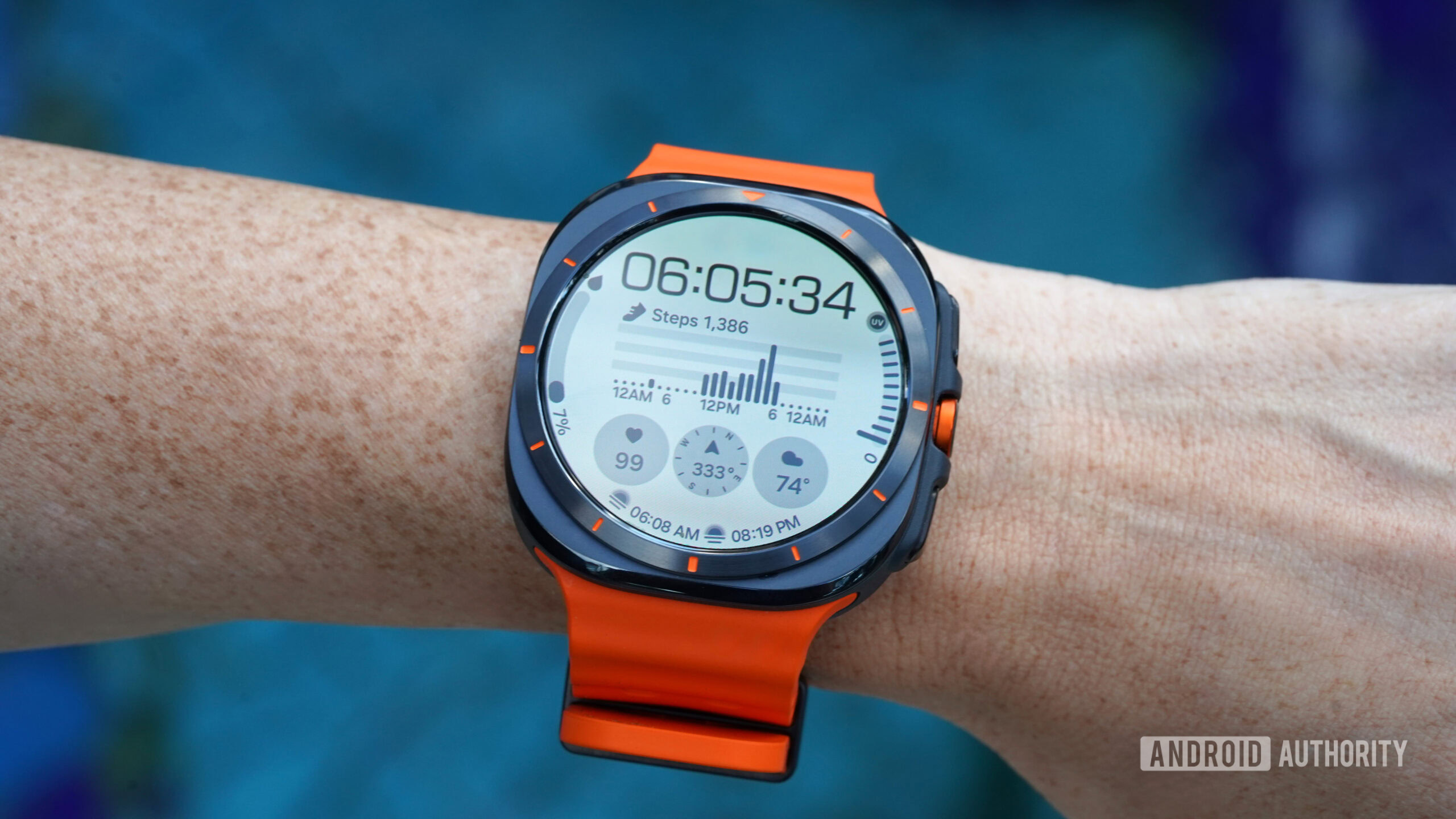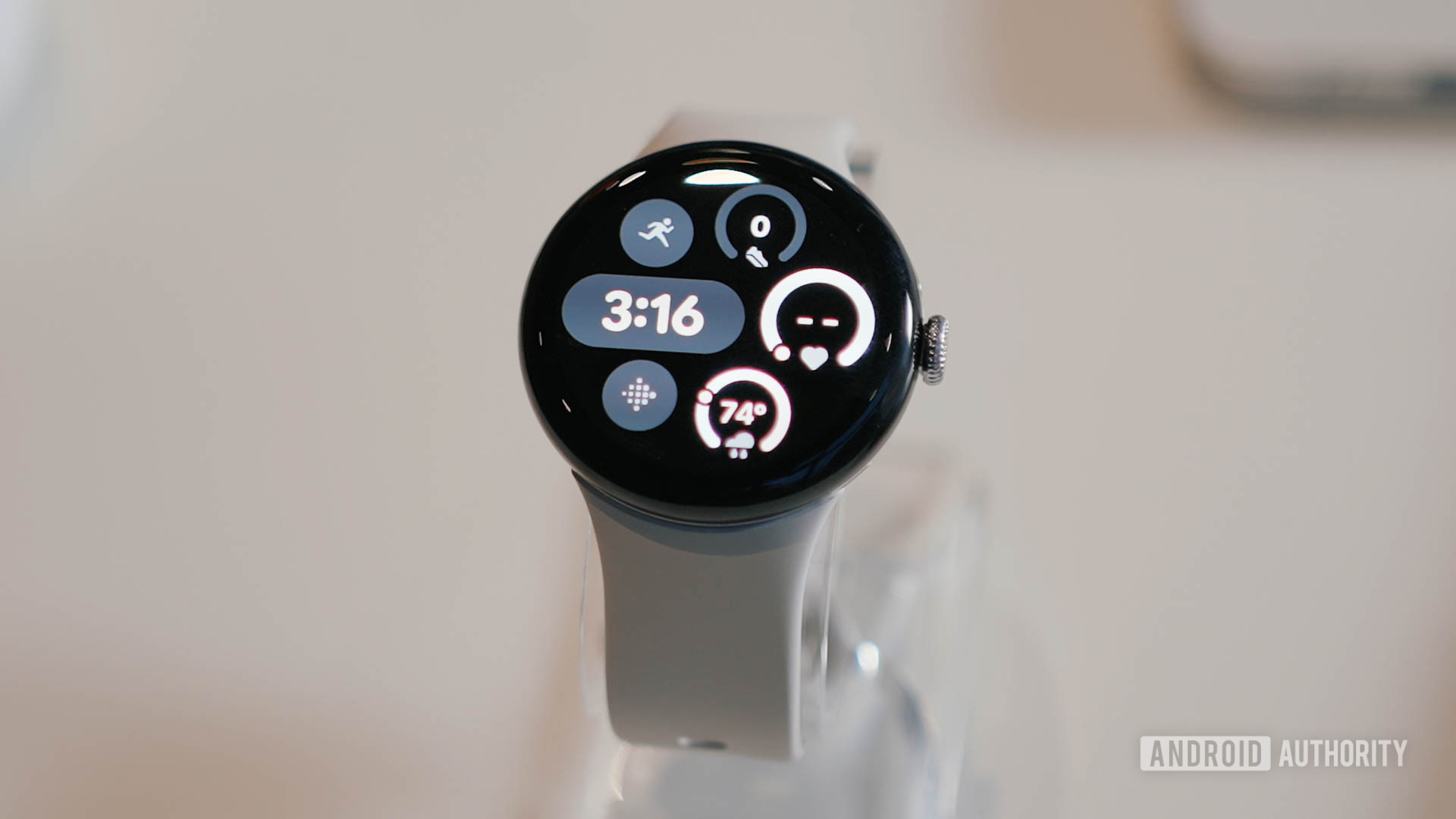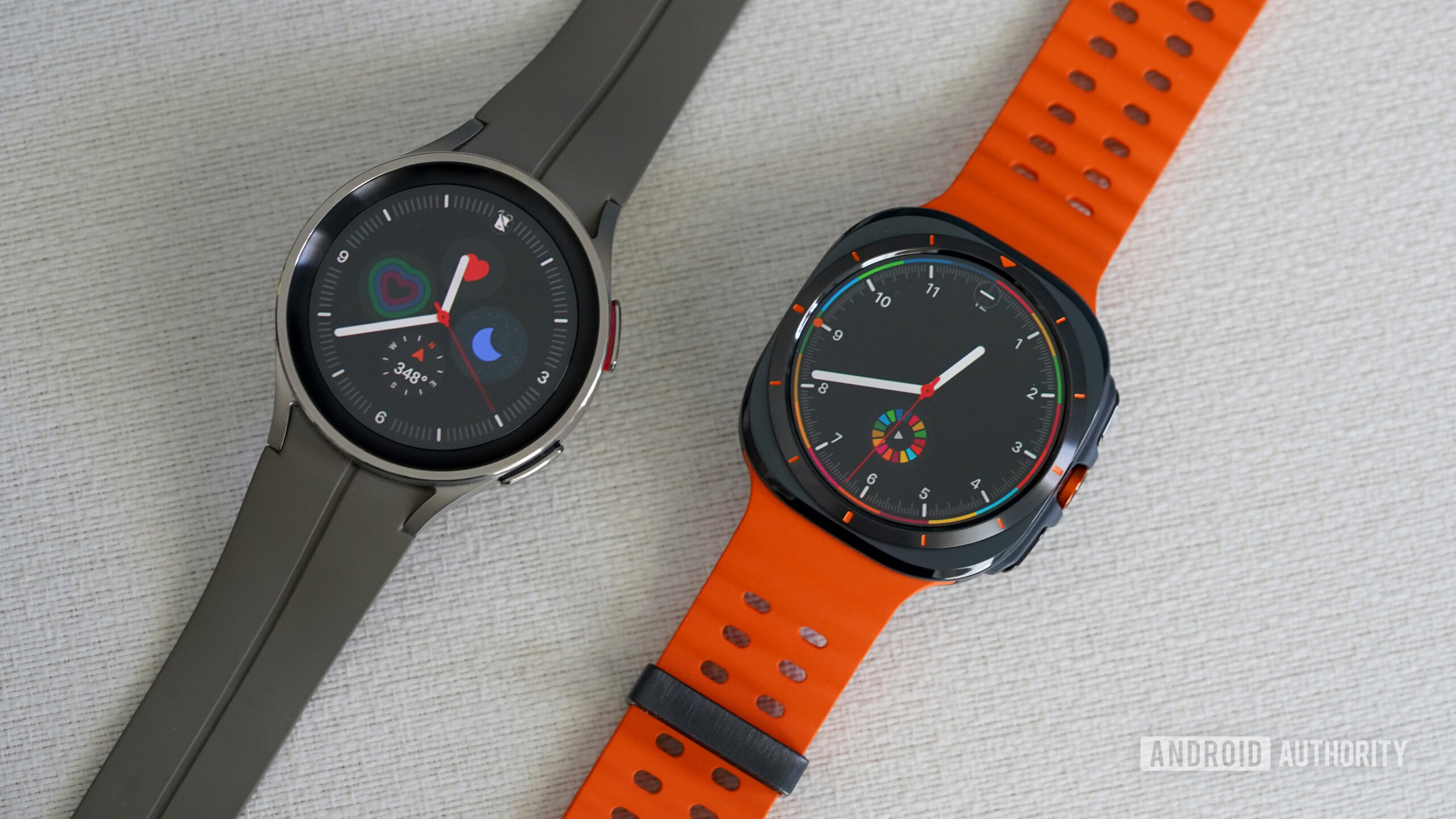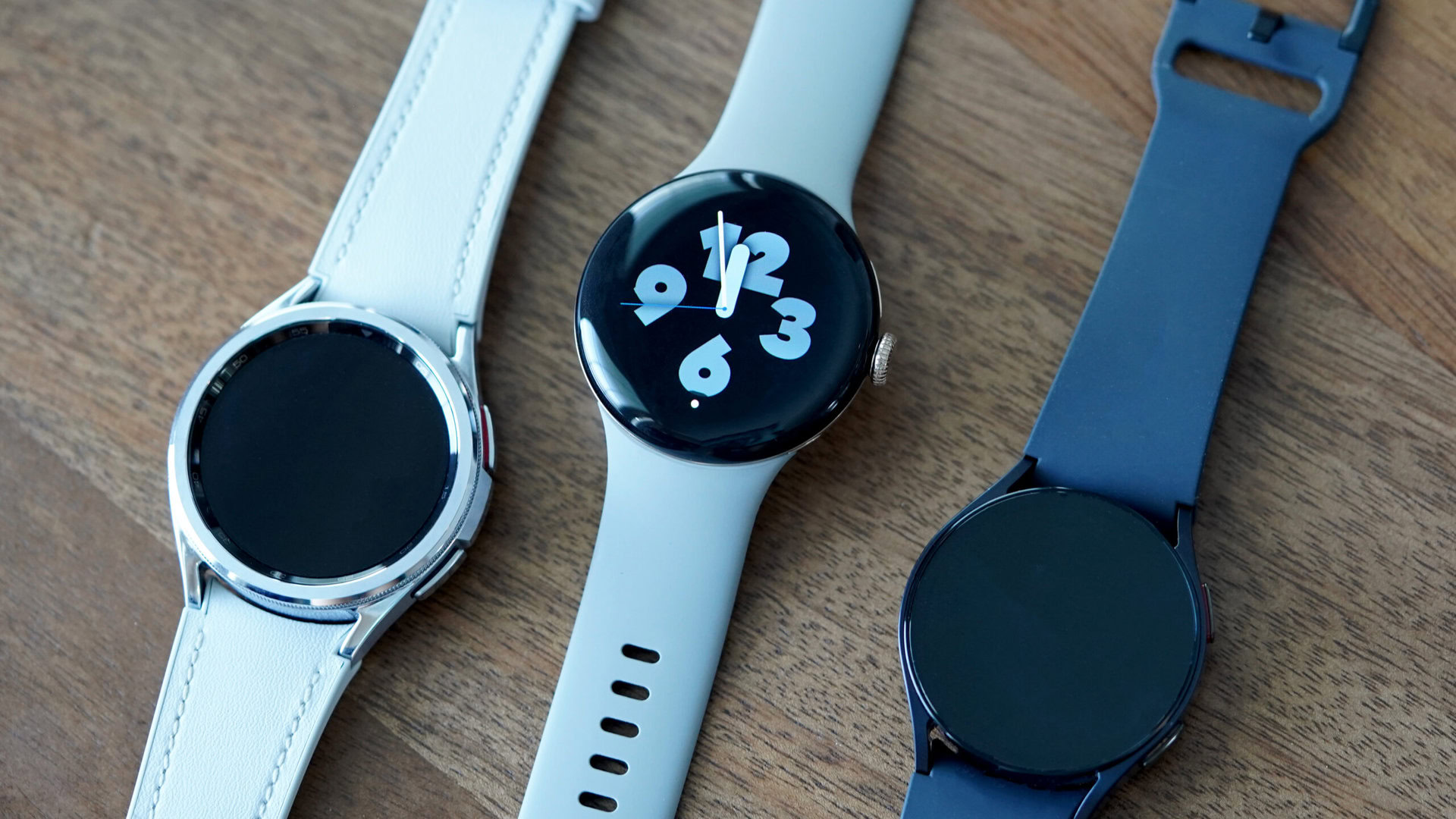Affiliate links on Android Authority may earn us a commission. Learn more.
Smartwatches can easily last seven years; I want software support to match

It’s now commonplace for Google and Samsung flagship phones to come with seven years of software support. This is great news for consumers and our many readers who only upgrade their devices every four or more years. Some, like me, only really upgrade when those devices stop working. But while this renewed aftersales service push is welcome, it’s largely limited to smartphones; the best smartwatches are devoid of similar treatment.
Smartwatches remain afterthoughts

Smartwatches seemingly aren’t regarded as important as smartphones by their manufacturers, and, as a result, software pledges take a back seat. This is perhaps understandable. They aren’t as ubiquitous, nor do they push the sales volumes of their glass slab counterparts. However, this perception should change as they’re quickly becoming integral to consumers’ digital toolkits and companies’ ecosystems. This issue is particularly glaring considering that Google and Samsung are now Wear OS‘ custodians.
It’s worth stating that current software support promises for smartwatches aren’t horrid. At present, Google offers a support period of three years for its Pixel Watch line, which means the original Pixel Watch has just one more year of software support from its maker. Samsung, in turn, offers four years across its newer Galaxy Watch models. Despite the additional year, Samsung’s still well-capable Galaxy Watch 4 will only be actively supported until 2026.
Smartwatches aren't regarded as important as smartphones by their manufacturers, as a result, software pledges also take a back seat.
Apple has promised five years of software support for its mobiles, starting with the iPhone 15. In comparison, it makes no promises for its smartwatches. The 2020 Apple Watch 6 will be the oldest device to receive watchOS 11, suggesting support that’s one year shy of its smartphones. Although Apple matches Samsung in this regard, the Watch 6 remains a capable hardware package that might soon get left behind.
While these companies promise more software support for their smartwatches than some for their smartphones, I’d still argue that there’s room for improvement.
Software support to match hardware longevity

As mentioned in the intro, users have little incentive to lurch for new devices. In the nascent smartwatch years, every release saw massive jumps in performance and features. This gulf has been shrinking as hardware reaches maturity. Iterative upgrades are being made from generation to generation, and there aren’t many new groundbreaking capabilities worth upgrading for. As the value gained by upgrading diminishes, consumers are more inclined to hang on to still-functional hardware. After all, why should I upgrade if it still tells the time, monitors my heart rate, reliably keeps track of my sleep, or quickens my replies to messages?
There’s also a renewed focus on longevity in smartwatch design that makes this choice possible. Newer devices are made of more robust, durable materials. The Galaxy Watch Ultra extensively uses titanium and sapphire glass, while even the recycled aluminum-framed Google Pixel Watch 3 wears a custom Gorilla Glass 5 lens. Repairability programs have also improved in leaps and bounds in recent years, with Samsung and Apple offering reasonable smartwatch repair programs through officially supported channels. For some brands, repairing remains cheaper than upgrading. Unless you’re Google, its latest Pixel Watch 3 can only be replaced, not repaired.
Smartwatch users are holding onto their devices longer and longer, and lengthier software support has the potential to deliver huge value.
All this means that smartwatch users, like me, are holding onto their devices for longer periods — in some cases, longer than current software support trends. As a result, long-term software updates have the potential to deliver huge value and have a greater impact on the user experience than hardware with minor upgrades.
Personally, I feel no need to upgrade my Galaxy Watch 4. Its battery life remains as strong as the day I received it, while it still offers me all the practical and fitness features I need. However, a limited support period could push me towards such a decision.
How long should smartwatches receive software updates?
Software must come first if the hardware’s second

I’m aware that smartphones took years to receive the software support they now enjoy. Samsung and Google only committed to seven years for their mainline devices last year, and they can afford to do this thanks to the greater profit margins these devices can afford. Brands may have to increase the base price of smartwatches to offset the costs of a better support policy across all tiers. Would you be open to such an idea? I could be persuaded, especially considering the value-add.
However, I’m not necessarily demanding sweeping new version updates for seven years. While I don’t expect that hardware released today could run the bevy of AI-infused features in five or even seven years from now, I wouldn’t mind seeing companies commit to fewer major Wear OS updates if it means more security patches and bug fixes, especially for more affordable watches. Quarterly or bi-annual updates are also an option for older models.
Hardware ages, but keeping software secure with regular, long-term patches is imperative.
Understandably, a long-term software support plan is a financial burden for companies, but flagship smartwatches are becoming incredibly pricey themselves. The $799 Apple Watch Ultra and $699 Galaxy Watch Ultra are two such examples, now coming in just shy of flagship phone-level prices. Expecting a software update promise to match shouldn’t be unreasonable.
Wear OS has seen several positive changes since Samsung and Google joined forces, and it’s a welcome development that both have since publically declared their software support promises for their smartwatches. Not everyone will want to keep their smartwatches for seven years, so my argument won’t appeal to every user. However, I’d like to have that choice, especially if I’m investing in an Ultra wearable.